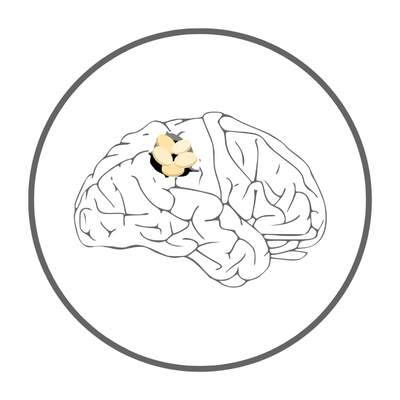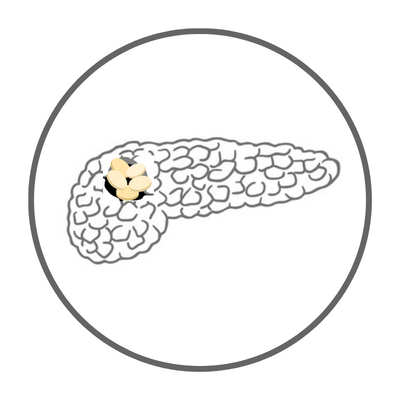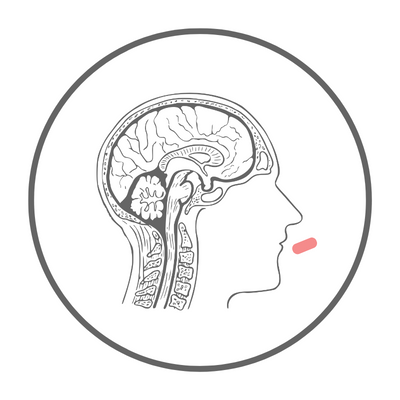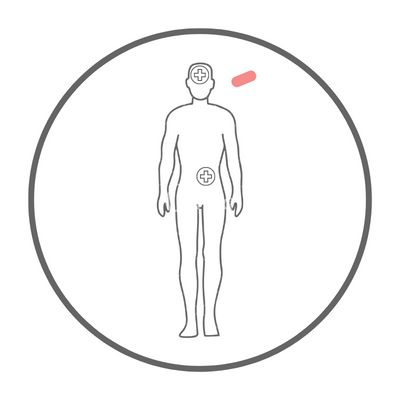Brain Tumor & Glioblastoma Multiforme (GBM)

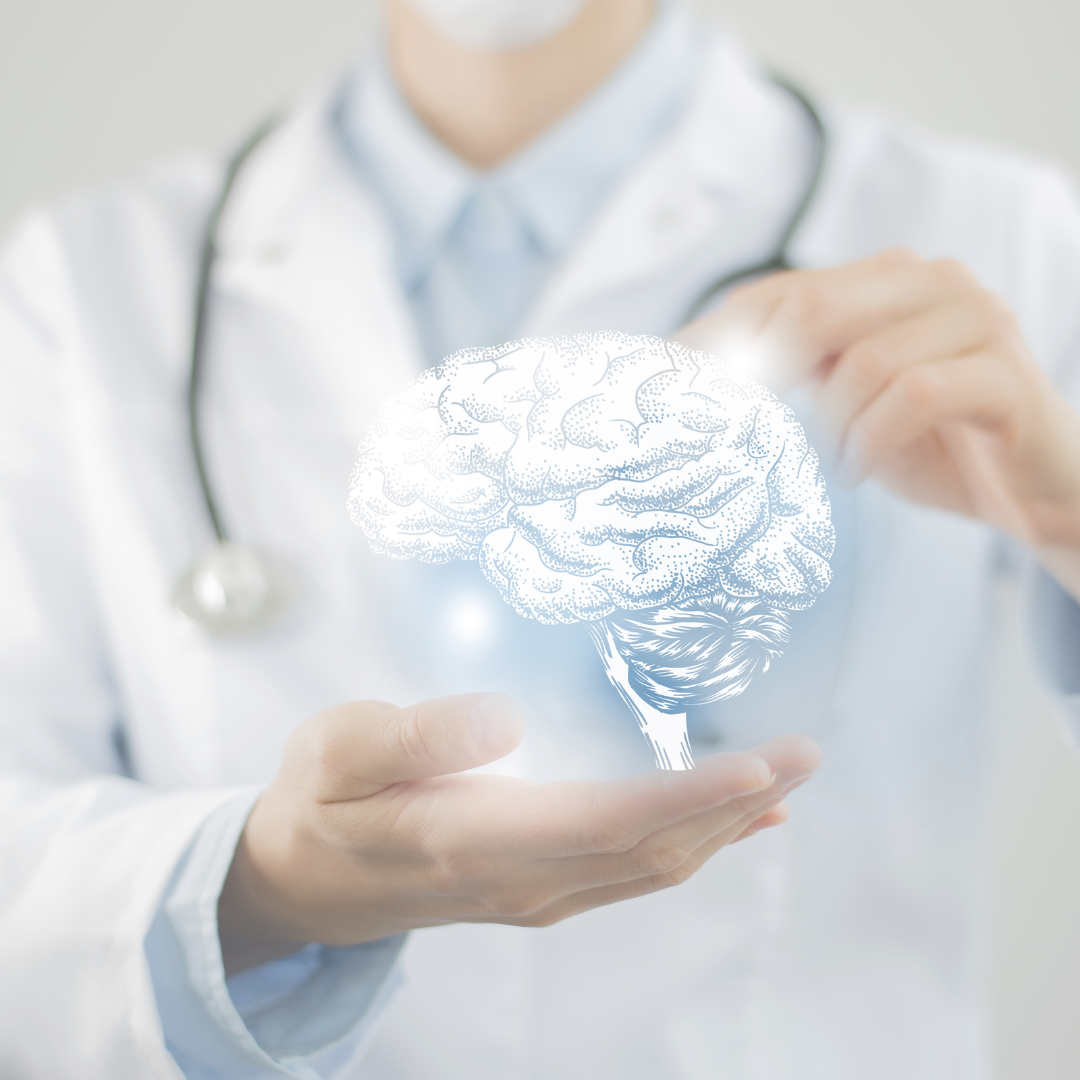
Glioblastoma Multiforme (GBM)
GBM (Glioblastoma Multiforme) is typically challenging to cure, and there are currently no approved treatment modalities, resulting in a short life expectancy. Even with the best available treatments, most patients cannot survive beyond two years.
- Glioblastoma Multiforme (GBM) is the most prevalent type of primary malignant brain tumor, known for its lethal and highly complex nature. In the United States, it is estimated that in 2023, there were 94,390 new diagnoses of primary brain tumors, of which 26,940 were malignant. GBM is a highly malignant, diffuse astrocytoma (Grade IV), accounting for 14.2% of all central nervous system tumors and 49% of all malignant brain tumors, making it the most common primary malignant brain tumor in the U.S., with an incidence rate of 3 cases per 100,000 people. The five-year survival rate for GBM patients is merely 6.9%, with an average overall survival period of 8 months.
- GBM, the acronym for Glioblastoma Multiforme, is also known as malignant polymorphic neuroglioblastoma. It has a poor prognosis and is prone to recurrence. This brain tumor is one of the most common and aggressive forms, typically occurring in adults and the elderly. Due to the rapid growth and spread of GBM, the chances of survival at the time of diagnosis are typically very low. The average life expectancy for glioblastoma patients who undergo treatment is 12 to 15 months, whereas those who do not receive treatment have an average life expectancy of only 4 months. The life expectancy of GBM patients can be influenced by various factors, including the patient’s age, overall health, the location and size of the tumor, and the extent of tumor resection.
- GBM originates from the glial cells in the brain, which support and maintain neurons. Symptoms of GBM include headaches, seizures, cognitive impairments, speech and motor difficulties, and more. These symptoms severely impact the patients’ quality of life, and due to its highly malignant nature, treatment is extremely challenging. The warning signs of brain cancer may include sudden changes in personality, limping, loss of balance while walking, weakness in the limbs, drowsiness, nausea, excessive sleepiness, headaches, seizures, blurred vision, double vision, visual field defects, and memory decline. If any of these early symptoms appear, it is advisable to seek medical consultation immediately. A recent study from Brigham and Women’s Hospital at Massachusetts General, involving more than 75,000 patients, found a significant association between a history of moderate to severe traumatic brain injury (TBI) and the risk of malignant brain tumors. The findings underscore the critical importance of long-term monitoring and follow-up for individuals with a history of TBI.
- The treatment and research of GBM remain focal issues in neurology and oncology. Many institutions and research teams are dedicated to finding more effective treatments and improving survival rates. Current treatment methods include surgical resection, radiotherapy, and chemotherapy. However, due to the aggressive and recurrent nature of GBM, existing treatments have limited effectiveness. Ongoing development of new treatment methods and clinical research aims to provide better prognosis and quality of life for GBM patients.
Background of Glioblastoma Multiforme (GBM)
- Lack of effective treatment: According to statistics from the American Cancer Society (ACS) and the Central Brain Tumor Registry of the United States (CBTRUS), an estimated 20,000 new brain tumor cases are diagnosed each year, with approximately 400 new cases of malignant gliomas in Taiwan annually. The current conventional therapies for treating malignant brain tumors, including surgical treatment, radiation therapy, and chemotherapy, have very limited efficacy. Furthermore, due to the protection of the blood-brain barrier in the affected area, there are currently no truly curative drugs available, necessitating the development of new-generation therapies.
- Rapid recurrence and low survival rates: Glioblastoma Multiforme (GBM) can grow up to 16 times its size within one month and is a rapidly worsening primary brain tumor. The recurrence rate after surgery is also very high, often requiring patients to repeatedly undergo hospital treatments. Patients diagnosed with stage IV GBM have an average survival time of only 12 to 18 months. Malignant brain tumors spread rapidly and are challenging to eradicate. Once diagnosed, they are usually in advanced stages, and the average survival period is often around one year. The current standard treatment for malignant brain tumors involves a combination of surgery, radiation therapy, and chemotherapy, all of which have limited effectiveness.

- Several celebrities have encountered this unfortunate condition: Prominent individuals both domestically and internationally have died from incurable GBM, including U.S. Senators John Sidney McCain and Edward M. Kennedy, British politician Tessa Jowell, and New York Times journalist Tom Wicker.
- Diagnosis: The most common early symptom of brain tumors is headaches. Clinical symptoms may include headaches, increased intracranial pressure, double vision, and difficulty articulating thoughts, all of which may indicate a possible brain tumor. These symptoms are usually due to the tumor’s growth causing compression and edema in the brain tissues. Therefore, it is essential to be vigilant about any unusual bodily changes. If the above symptoms occur and worsen progressively, they may be related to GBM, making early detection challenging.
- In 1997, a case was reported in the British Medical Journal about a woman in her 40s who heard voices speaking to her while at home. Initially, she thought it might be a psychiatric issue and sought medical attention. The voices disappeared for a while but reappeared during a trip, urging her to seek medical help. Upon examination, doctors discovered she had a meningioma. This is a very unique case, but it highlights the possibility that early symptoms of brain cancer can include auditory hallucinations.
- In 2018, a woman named Mrs. Guo from Tzu Chi Hospital was diagnosed with GBM after experiencing sudden paralysis and collapsing due to dizziness.

Tears of the Queen: Conquering Malignant Brain Tumor - The Real-World Quest for the Holy Grail
The recent popular Korean drama “Queen of Tears” has sparked widespread discussion, with its finale achieving remarkable viewership ratings, making it the highest-rated series on TVN.
In the series, the lead character Hong Hae-rin, portrayed by actress Kim Ji-won, is diagnosed with a severe form of brain cancer (Glioblastoma), with a life expectancy of only three months. This type of brain tumor spreads throughout the brain like mist, with symptoms including headaches, eye blinking, dizziness, and memory loss. The medical condition depicted in the storyline closely resembles glioblastoma multiforme (GBM), a malignant and rapidly progressing primary brain tumor with a high recurrence rate after surgical removal and currently lacking effective treatment options. While the lead character in the drama was fortunate to undergo CAR-T (Chimeric Antigen Receptor T-cell) therapy in Germany and achieve recovery, in real life, as of the end of 2023, there are approximately 15 clinical trials underway for CAR-T therapy in treating brain cancer. These trials still await validation before potentially benefiting patients. Additionally, even with optimal treatment, patients diagnosed with high grade GBM may struggle to attain a survival period exceeding one and a half years.
On the path to developing new therapies for brain cancer, concerted efforts from scientists are essential. Hopefully, in the near future, we will discover the holy grail to conquer malignant brain tumors, enabling real-world patients to experience the same fortune as the protagonist in the drama.

Does Mobile Phone Use Cause Brain Cancer?
With the widespread use of smartphones, concerns about whether mobile phone usage might lead to brain cancer have grown. The relationship between electromagnetic waves generated by phones and brain cancer has been a topic of intense discussion. However, the scientific community has not yet reached a definitive conclusion, making this a complex area that requires further investigation.
Mobile phones operate using radiofrequency electromagnetic fields (RF-EMF) to communicate. These electromagnetic waves are classified as non-ionizing radiation, which differs from ionizing radiation like X-rays or gamma rays. RF-EMF lacks the energy needed to directly damage cells or induce genetic mutations. In theory, this type of radiation should not disrupt DNA or directly cause cancer. However, the potential risks for individuals with long-term and close exposure to these waves require more research to be fully understood.
In 2011, the International Agency for Research on Cancer (IARC), a part of the World Health Organization (WHO), classified RF-EMF as a Group 2B carcinogen, meaning it is “possibly” carcinogenic to humans. Since then, many research institutions have conducted long-term studies. Nevertheless, according to a recent WHO-commissioned review, there is no clear link between mobile phone use and an increased risk of brain cancer. This review analyzed 63 studies conducted between 1994 and 2022, including contributions from Australia’s radiation protection agencies. The findings indicated that despite the significant increase in wireless technology usage, the incidence of brain cancer has not risen accordingly, even among long-term mobile phone users. (Source: Reuters, September 3, 2024)
Current Treatment Approaches for GBM

- Surgical Resection
Surgical resection is the preferred method for treating GBM. The goal of surgery is to remove the tumor as much as possible, reducing the burden of diseased cells and improving patient symptoms and quality of life. However, complete resection is challenging due to the invasive nature of GBM, and usually, only partial tumor removal is feasible. Surgical procedures carry high risks and may result in side effects and neurological damage.
- Radiation Therapy
Radiation therapy involves using high-energy gamma rays or other forms of radiation to destroy GBM tumor cells. External radiation is delivered from outside the body through machines that emit radiation beams directed at the affected area. The goal is to kill tumor cells effectively. Radiation therapy is a common approach for treating GBM, often used in combination with surgery. It may cause certain side effects, such as fatigue, nausea, vomiting, headaches, and skin redness.
- Chemotherapy
Chemotherapy involves using chemical drugs to destroy GBM tumor cells. It can be administered alone or in combination with surgical resection and radiation therapy. Chemotherapy can be taken orally or intravenously, entering the bloodstream and reaching tumor cells to kill them. However, chemotherapy may also have toxic side effects on the body, such as hair loss, nausea, vomiting, and decreased immunity.
- Immunotherapy
The core concept of immunotherapy is to harness the body’s immune system to attack and destroy brain tumor cells. Patients may receive certain medications that help rebuild or enhance their immune system, enabling it to more effectively target brain tumor cells.
- Electrical Field Therapy (Medical Device, Non-pharmaceutical)
The FDA has approved a medical device named Optune GIO for use in adults aged 22 and above. It has recently been approved for marketing by the Taiwan Ministry of Health and Welfare for use in adults aged 18 and above. This tumor electrical field therapy is a form of cancer physical therapy that utilizes alternating electric fields adjusted to specific frequencies. Through various mechanisms, it selectively targets and destroys tumor cells.
Brain Cancer Classification
Brain cancer is a complex and diverse disease that can be subdivided into different types based on cytological and molecular characteristics. Accurate classification of brain cancer is crucial for selecting appropriate treatment strategies. Understanding the molecular and biological features of brain cancer can help physicians choose the most suitable treatment for patients, thereby improving treatment efficacy and survival rates.
The main classification schemes for brain cancer are as follows:
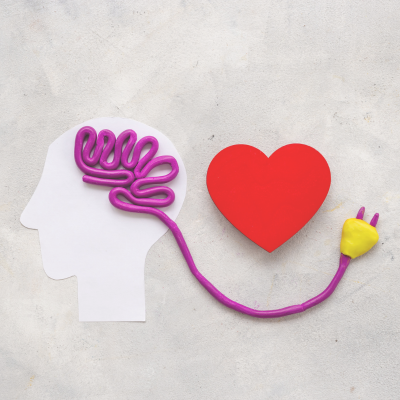
1. IDH (Isocitrate Dehydrogenase) Gene Mutation Status
IDH gene mutation is a key factor influencing brain cancer classification and prognosis, and confers differential sensitivity to specific treatments. Based on IDH mutation status, brain cancer can be divided into two major categories:
- IDH-wildtype: In this type, the IDH gene is not mutated. Patients with IDH-wildtype brain cancer generally have a poorer prognosis and respond worse to chemotherapy and radiation therapy. Common IDH-wildtype brain cancers include glioblastoma (GBM) and small cell glioblastoma (scGBM).
- IDH-mutant: This type harbors mutations in the IDH1 or IDH2 genes. IDH-mutant brain cancers typically have a better prognosis and respond better to standard treatments. Common IDH-mutant brain cancers include oligodendroglioma (ODG) and astrocytoma (AC).
2. Histopathological Classification
In addition to IDH mutation status, brain cancer can also be classified based on histopathological features, primarily including the following types:
- Glioma: Gliomas originate from glial cells in the brain and are the most common type of brain cancer. Based on the degree of cellular differentiation, they can be graded from I to IV, with grade IV being glioblastoma (GBM), which has the worst prognosis, and grades I-III being lower-grade gliomas.
- Medulloblastoma: Medulloblastoma is a common malignant brain cancer in children, primarily occurring in the cerebellum.
- Meningioma: Meningiomas arise from meningeal cells and are mostly benign tumors, although some are malignant.
- Pituitary Tumor: Pituitary tumors occur in the pituitary gland and can be classified as functional or non-functional.
3. Molecular Subtype Classification:
In addition to IDH mutation status, brain cancers can also be classified based on other molecular subtypes, such as MGMT methylation status, 1p/19q chromosomal deletions, etc. These molecular subtypes can help physicians more accurately predict patient responses to treatment and prognosis.
Current Treatment Reference Drugs
Treating glioblastoma multiforme (GBM), a particularly challenging form of brain cancer, presents numerous obstacles.
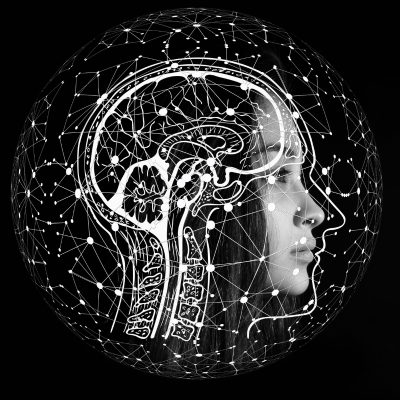
Gliadel® Wafer (Carmustine Implant)
Gliadel® Wafer is an implantable treatment for GBM (Glioblastoma Multiforme). It is a biodegradable polymer-based circular wafer containing the chemotherapy drug Carmustine. Each wafer has a diameter of approximately 1.45 mm and a thickness of about 1 mm.
Gliadel® Wafer is used during brain tumor resection surgery. After the surgical procedure, the surgeon places the wafers at the site of tumor removal, with a maximum of 8 wafers allowed. Carmustine is released from the wafers and forms a high-concentration region around the remaining tumor, effectively killing the residual tumor cells, thereby extending the survival of GBM patients. (One of the most direct ways to breach the blood-brain barrier)
Clinical trials of Gliadel® Wafer have shown that the median overall survival for newly diagnosed patients was 13.8 months compared to 11.6 months in the placebo group. For recurrent patients, the median overall survival was 7.4 months with Gliadel Wafer compared to 5.5 months in the placebo group. (Source: Investigator’s Brochure)
Possible side effects may include seizures, brain edema, abnormal wound healing, and infections. Patients using Gliadel® Wafer need to be closely monitored for possible side effects.
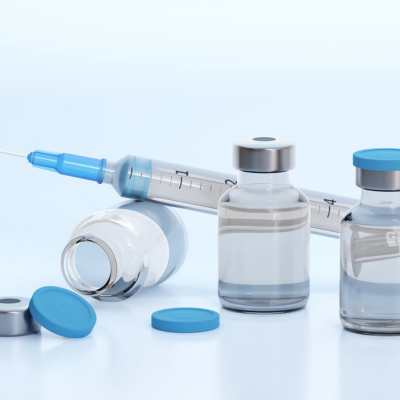
Avastin® (bevacizumab)
Avastin® is a biopharmaceutical that contains the monoclonal antibody bevacizumab and is used for the treatment of brain tumors, including GBM.
The mechanism of action of Avastin® involves the inhibition of tumor angiogenesis, thereby slowing down or blocking tumor growth. It is used for the treatment of recurrent malignant gliomas (WHO Grade 4) – glioblastoma multiforme (GBM) in adult patients who have previously received standard radiation therapy and chemotherapy, including temozolomide, but the treatment has failed. (Source: Investigator’s Brochure)
Avastin® is administered intravenously, typically once every two weeks, until disease progression occurs. Common side effects of Avastin® include hypertension and bleeding.
Based on clinical trial data, the median overall survival for recurrent patients using Avastin® was 9.3 months, which is longer than the placebo group with 8.8 months. (life expectancy after avastin treatment)
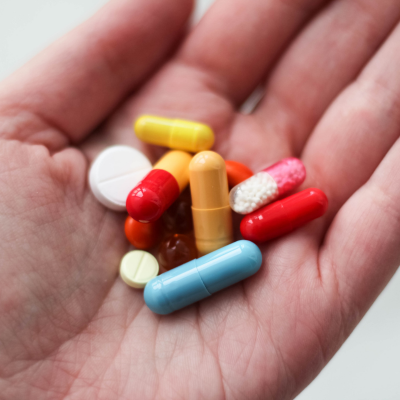
TEMODAL (Temozolomide)
-
TEMODAL’s active component, temozolomide, possesses antitumor properties as an alkylating agent with an imidazotetrazine ring. Temozolomide’s mechanism of action includes swift chemical transformation in the systemic circulation at physiological pH, resulting in the formation of the active compound MTIC (Monomethyl triazeno imidazole carboxamide). The theoretical cytotoxicity of MTIC is mainly attributed to its alkylation of the sixth oxygen atom of guanine, and it also undergoes minor additional alkylation at the seventh nitrogen atom of guanine, leading to subsequent cytotoxicity believed to be associated with these aberrantly repaired methylated compounds. (Source: Investigator’s Brochure)
-
TEMODAL is administered orally and is combined with radiation therapy. The treatment duration depends on the patient’s condition and may continue up to 2 years, typically ranging from 6 to 12 months. Side effects may include nausea, vomiting, and others.
-
Clinical trial data shows that the median overall survival for recurrent patients using TEMODAL was 5.8 months.
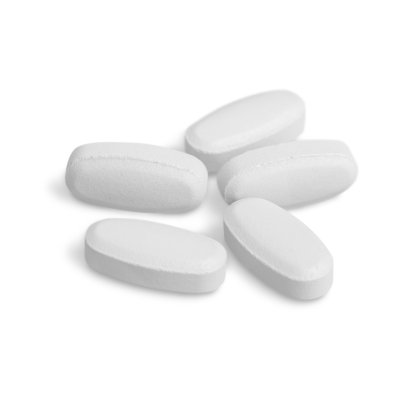
Voranigo®
- In August 2024, FDA approved the first drug for treating Grade 2 IDH-Mutant Glioma, developed by Sevier Pharmaceuticals. The drug’s mechanism of action involves crossing the blood-brain barrier to inhibit mIDH1 and mIDH2 enzymes, thereby reducing the production of 2-HG (2-hydroxyglutarate) and partially restoring cell differentiation. The mutant enzymes cause excessive production of 2-HG, which disrupts normal cellular processes, leading to impaired cell differentiation and subsequent tumor development.
- Clinical trial data showed that patients receiving vorasidenib treatment had more than doubled median progression-free survival (PFS), increasing from approximately 11 months in the control group to 28 months.
- The recommended dosage for adult patients is 40 mg/day, continued until disease progression or unacceptable toxicity occurs.
- Common adverse reactions include fatigue, headache, muscle pain, diarrhea, and risk of liver toxicity.
- The estimated treatment cost is $39,881 per month, or $478,572 per year. (Sources: Voranigo, FDA, NBTS news, MedCity news) *This drug is not for malignant brain tumor treatment
- In July 2025, Voranigo® is approved for marketing in the European Union.
- In October 2025, due to uncertainties in the economic data and the lack of clarity on whether the drug can improve overall survival, the new drug application was rejected by the UK’s National Institute for Health and Care Excellence (NICE).
(Source: Voranigo、FDA、NBTS news、MedCity news)
*This drug is not for malignant brain tumor (GBM) treatment

Modeyso™
In August 2025, Jazz Pharmaceuticals’ drug Modeyso (dordaviprone) was approved by the U.S. FDA for the treatment of H3 K27M–mutant diffuse midline glioma (DMG) in pediatric and adult patients aged 1 year and older. It is the first oral drug approved by the FDA specifically for this disease.
Modeyso is a small-molecule therapy that induces tumor cell apoptosis by binding to dopamine receptor D2 (DRD2) and activating mitochondrial protease ClpP. With only about 2,000 eligible patients in the United States, the drug is considered to have ultra-orphan potential.
According to an open-label, non-randomized trial, among 50 patients who had received at least 90 days of radiotherapy, the overall response rate (ORR) was 22%, and the median duration of response was 10.3 months.
The product labeling carries warnings for hypersensitivity, QTc interval prolongation, and embryo/fetal toxicity.
(Source: News reports)
*This drug is not for malignant brain tumor (GBM) treatment
Current Treatment Medical Devices
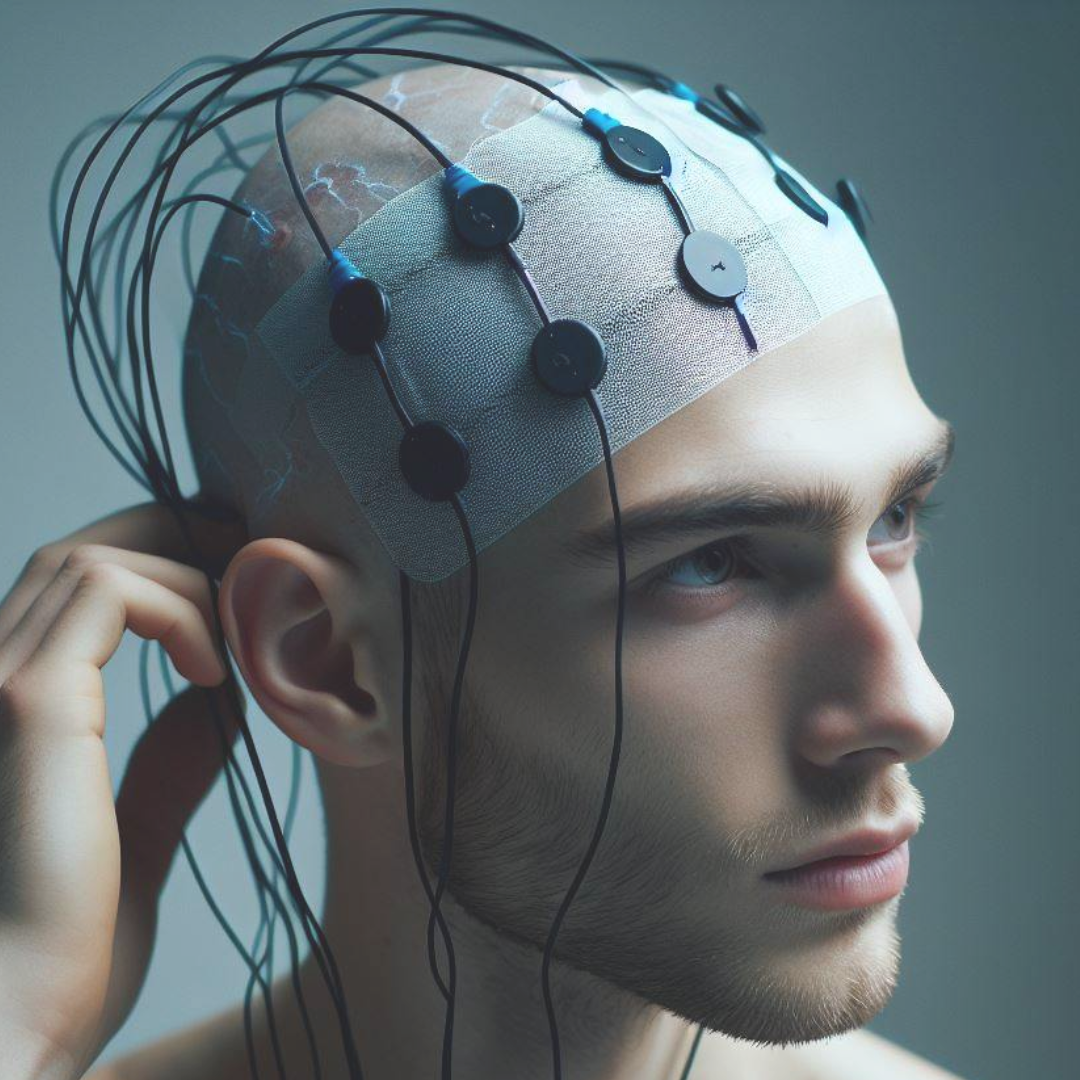
Optune GioTM
-
Tumor Treating Fields (TTFields) is a portable physical therapy for cancer that utilizes alternating electric fields adjusted to specific frequencies. Through various mechanisms, it selectively targets and destroys tumor cells. The key mechanisms include:
- Interference with mitosis
- Downregulation of DNA damage repair
- Enhancement of downstream anti-tumor immunity
- Interference with tumor cell migration
-
It can be used in newly diagnosed or recurrent adult glioblastoma patients who have undergone surgery, radiation therapy, and targeted drug therapy.
-
According to the Instructions for Use Optune, the pivotal clinical trial results for treating recurrent glioblastoma multiforme (GBM) patients indicate that the median overall survival (mOS) is 6.3 months.
-
When used in conjunction with chemotherapy (TMZ), the most common side effects include decreased platelet count, nausea, constipation, vomiting, fatigue, scalp irritation caused by the device, headache, seizures, and depression. When used alone, the most common side effects of Optune Gio are scalp irritation (redness and itching) and headache. Other side effects include malaise, muscle twitching, falls, and skin ulcers.
(Note: The image is for illustrative purposes only and does not represent the appearance of Optune Helmet.)
- Tumor Treating Fields (TTFields) Treatment Costs (for reference only):
United States: The monthly cost of TTFields therapy ranges from USD 10,000 to 15,000 (Source: Musella).
Canada: The monthly treatment cost is approximately USD 21,000 (Source: Canadian Agency for Drugs and Technologies in Health, CADTH).
Taiwan: In May 2023, the Taiwan Ministry of Health and Welfare approved the therapy, with Zai Lab (Taiwan) Pharmaceuticals Co., Ltd. responsible for sales. Currently, TTFields therapy is self-funded. According to vendor pricing at Taipei Veterans General Hospital, the Optune device costs USD 12,800 per month.
China: The therapy was launched in 2020. Patients receiving financial assistance from foundations pay about USD 7,125 per month, while those without assistance pay USD 19,500 per month (Source: Economic Observer).
Japan: Literature indicates that TTFields adds approximately USD 7,236 monthly to standard brain cancer treatment costs (Source: https://doi.org/10.1093/jjco/hyae116).
Brain Cancer Imaging Agent
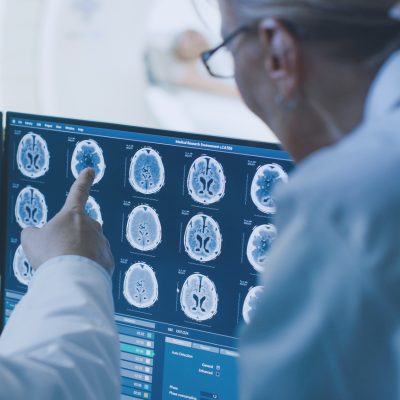
Pixclara® Brain Cancer Imaging Agent
-
TLX101-CDx (Pixclara®) brain cancer imaging agent, developed by Telix Pharmaceuticals, received FDA approval for new drug review in October 2024 and has priority review status. It is expected to be launched in April 2025.
-
This drug is a PET imaging agent and has previously received Orphan Drug Designation (ODD) in the United States as an imaging agent for the treatment of gliomas. TLX101-CDx targets the membrane transport proteins LAT1 and LAT2. This makes TLX101-CDx potentially useful as a companion diagnostic agent for TLX101 (4-L-[131-I] iodophenylalanine, or 131 I-IPA), Telix’s LAT1-targeted investigational glioblastoma (GBM) therapy, currently under investigation in the IPAX-2 and IPAX-Linz studies.
-
Amino acid PET is now included in the glioma imaging guidelines in the US and Europe, but there is no FDA-approved targeted PET agent for brain cancer imaging in the United States yet. This [18F]-labeled amino acid has higher specificity compared to the traditional [18F]FDG, making it more suitable for tracking changes in brain cancer. These amino acids can quickly enter tumor cells and are retained inside due to their high cellular metabolism and high activity of amino acid transporters.
Source: Telix website
Investigational Drug
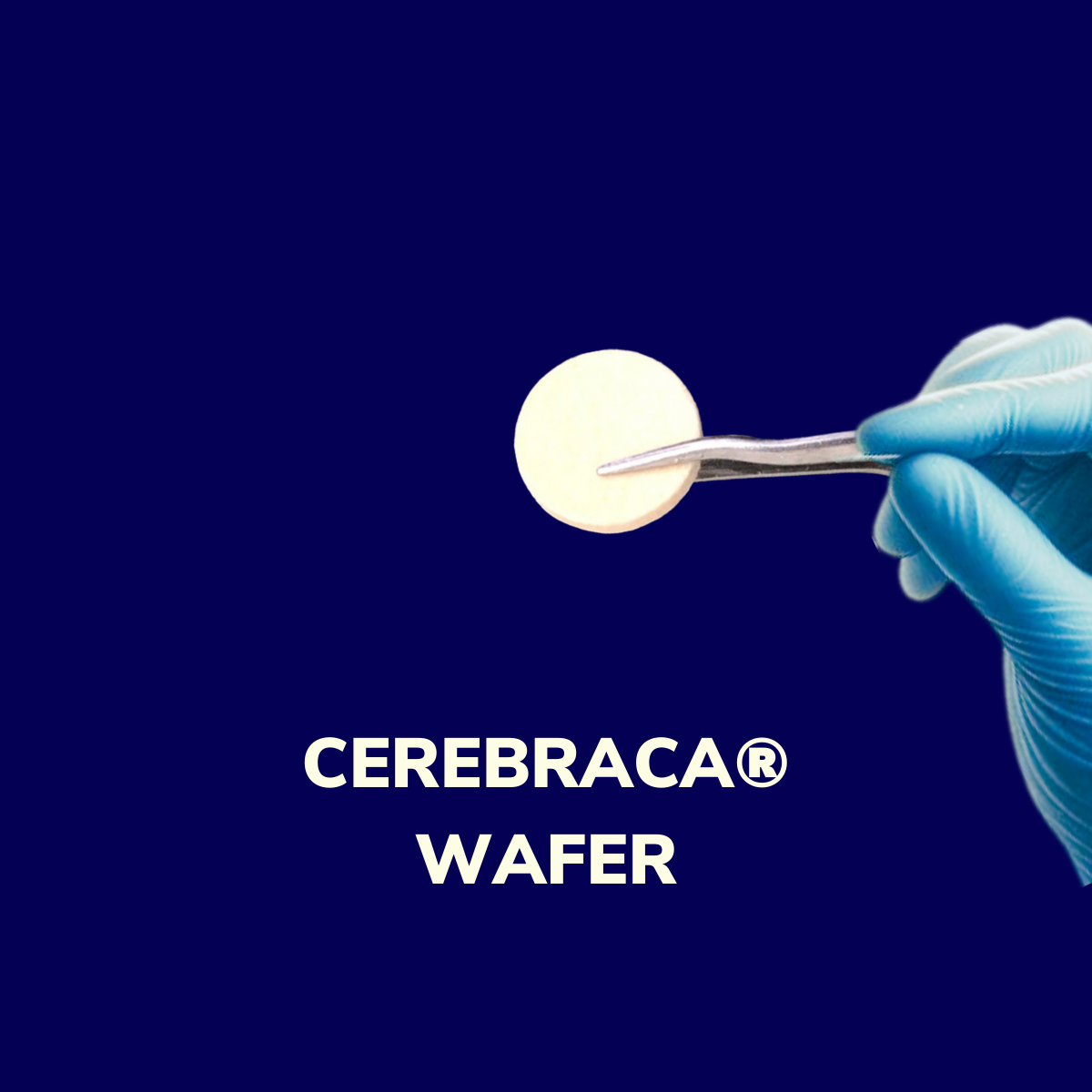
CEREBRACA® WAFER <Phase IIa> >>more
- Cerebraca® Wafer developed by Everfront Biotech Inc. is a therapeutic drug wafer that can be used to treat highly malignant glioblastoma (malignant brain cancer). It can be directly implanted into the brain and slowly releases drugs at a high concentration, high penetration, and long duration for about 1 month, exerting a multi-target effect (EF-API-001) that helps to treat cancer and make cancer cells more susceptible to chemotherapy or immune cell killing.
- Glioblastoma multiforme (GBM) is a highly malignant primary brain tumor that can grow up to 16 times its original size within a month. It has a high rate of recurrence after surgical resection, and there are currently no effective treatment options available.
- EF-API-001, the small molecule active pharmarceutical ingredient in Cerebraca® Wafer, has the following characteristics:
- Targeting Axl-1 receptor tyrosine kinase: effectively inhibits the growth and metastasis of brain tumor stem cells.
- Inhibiting the PD-L1 immune checkpoint: reduces the immune suppressive nature of the tumor microenvironment, thus preserving the activity of immune cells to kill tumor cells.
- Inhibition of MGMT DNA repair enzyme: overcomes resistance to Temozolomide (chemotherapy drug) and enables cancer cells to be killed again by chemotherapy.
- Cerebraca® Wafer, its small molecule active ingredient and biodegradable polymer are all manufactured by internationally renowned PIC/S GMP pharmaceutical companies in Taiwan to ensure high quality and reliable aseptic manufacturing processes.
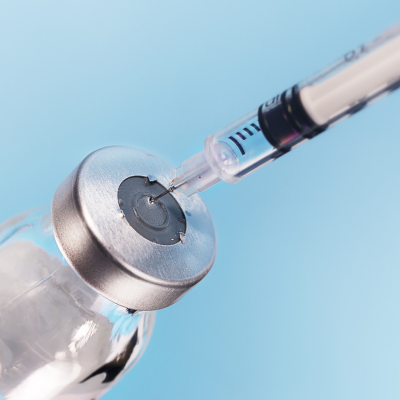
ADI-PEG-20 <Phase II/III Clinical Trials>
- ADI-PEG-20 is an innovative therapy developed by Taiwanese pharmaceutical company Polaris Pharmaceuticals, targeting the metabolic mechanisms of cancer. Unlike traditional therapies such as targeted therapy, immunotherapy, or cell therapy, ADI-PEG-20 represents a novel metabolic therapy that shows broad efficacy in treating multiple cancers, including glioblastoma (GBM).
- ADI-PEG-20 is an innovative biologic drug created by coupling arginine deiminase with polyethylene glycol (PEG) with a molecular weight of 20,000. After intramuscular injection, the drug can completely degrade arginine in the blood circulation, ultimately causing the death of cancer cells that cannot synthesize arginine due to metabolic defects. Currently, ADI-PEG-20 has entered clinical trials worldwide for multiple types of cancer.
- In 2023, ADI-PEG-20 partnered with the Global Coalition for Adaptive Research (GCAR) to initiate Phase II/III clinical trials within the GBM AGILE platform (Global Adaptive Innovative Clinical Trial System for Glioblastoma).
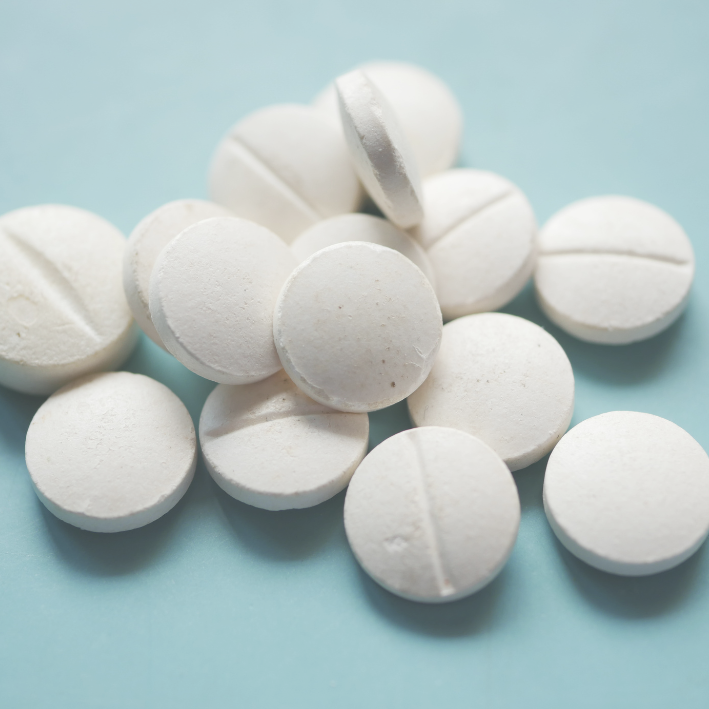
Paxalisib <Phase II/III Clinical Trials>
Paxalisib (formerly GDC-0084) was globally and exclusively licensed by Kazia from Genentech in 2016. Paxalisib inhibits PI3K to suppress cancer cell growth.
The results of the Phase II/III clinical trial published in December 2024 indicate the following:
For newly diagnosed GBM patients, the median overall survival (OS) with Paxalisib was 15.54 months, compared to 11.89 months with standard care (SOC).
For unmethylated patients, the OS with Paxalisib was 14.77 months, compared to 13.84 months with SOC.
However, Paxalisib did not show benefits for recurrent patients, with an OS of 8.05 months compared to 9.69 months with SOC.
In October 2025, Kazia Therapeutics plans to request a Type C meeting with the U.S. FDA to discuss the overall survival (OS) data of its GBM drug, paxalisib, and to explore a potential conditional New Drug Application (NDA) pathway based on this data under the FDA’s Project FrontRunner initiative.
*Project FrontRunner: Launched by the FDA’s Oncology Center of Excellence, this initiative aims to encourage pharmaceutical companies to develop new therapies for advanced or metastatic cancers at earlier stages of clinical development. The program promotes conducting randomized controlled trials earlier in the disease course to improve the accuracy of efficacy assessment, allow patients to benefit sooner, and foster collaboration between the FDA and drug developers to expedite the review and approval of innovative cancer treatments.
Original source: news

AMG-193 <Phase II>
- AMG-193 is under clinical development by Amgen and currently in Phase II for Brain Tumor.
- AMG 193 is an MTA-cooperative PRMT5i that preferentially targets the MTA-bound state of PRMT5 that is enriched in MTAP-null tumors and represents a novel strategy to increase the therapeutic margin of this class of inhibitors.

More Clinical Phase Drugs
- Clinical Phase II: Berubicin is a new drug developed by CNS Pharmaceutical. It is a 4′-O-benzylated analogue of doxorubicin. Its therapeutic mechanism involves inhibiting topoisomerase II, a key enzyme that promotes cell proliferation, thereby inducing DNA damage in targeted cancer cells. The enrollment for Phase II has been completed, and the results are expected to be announced in mid-2025.
Clinical Phase I: PF-07799544 (ARRY-134) is an oral formulation under development by Pfizer for the treatment of solid tumors, including primary brain tumors and metastatic melanoma.
Clinical Phase I/II: Silmitasertib (CX-4945) is a clinical-stage drug from BioInnovation and has obtained Orphan Drug Designation and Rare Pediatric Disease Designation (RPDD) for pediatric malignant tumors – neuroblastoma. In August 2024, it passed the phase I/II human clinical trials for combination with chemotherapy drugs to treat relapsed/refractory solid tumors in children and adolescents.
Preclinical: The Ottawa Medical Center in Canada explored the application of Edaravone, a drug used for treating ALS, on GBM (Glioblastoma Multiforme). The study found that Edaravone inhibits BTSC (Brain Tumor Stem Cells) by suppressing NLE1-Notch signaling, impairing cell cycle progression and DNA repair mechanisms. Importantly, Edaravone sensitizes GBM to IR (Ionizing Radiation), thereby extending the lifespan of the animals.
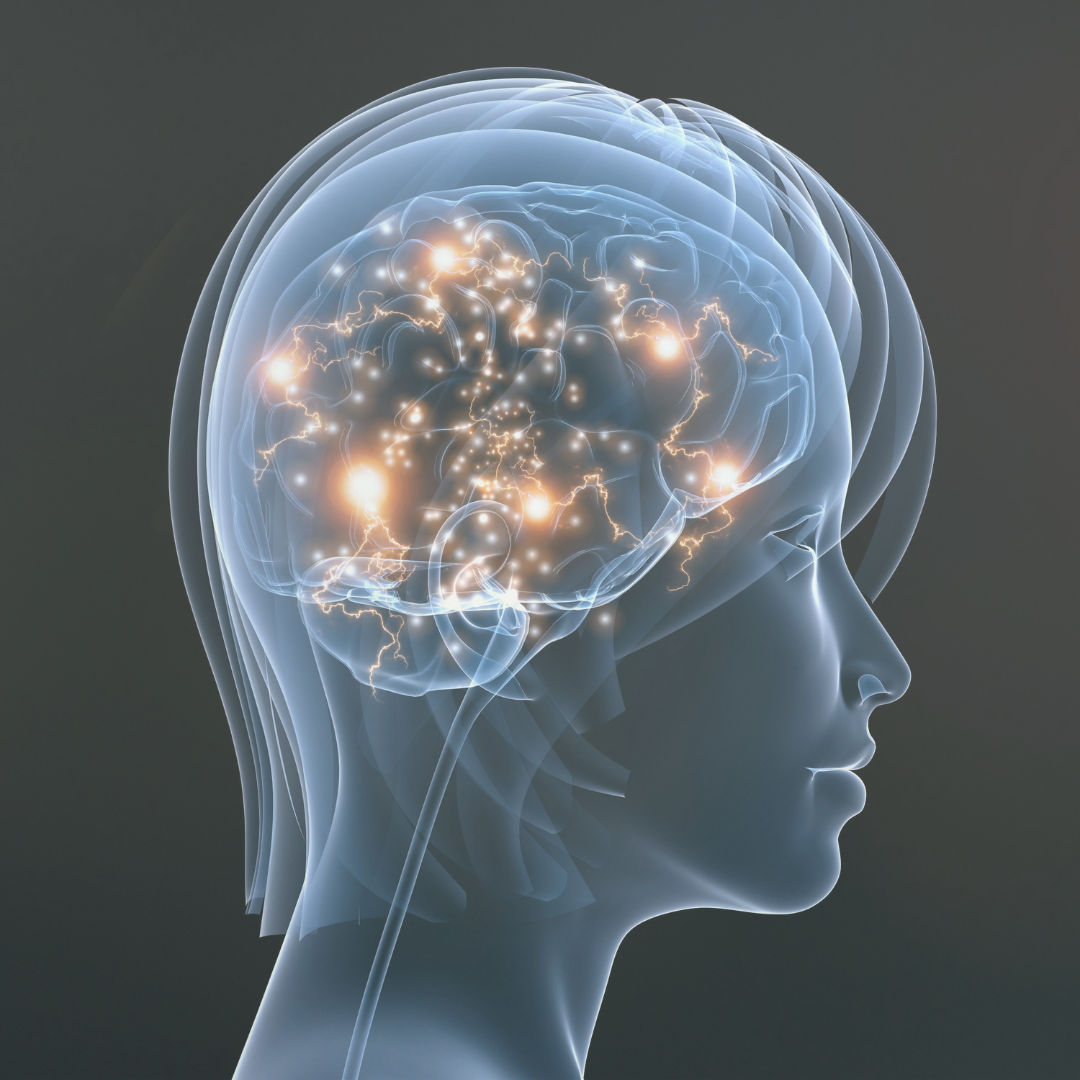
More Clinical Phase Medical Devices
- Clinical Phase I/II: A multicenter study published in The Lancet Oncology, led by researchers from the University of Maryland and Sunnybrook Health Sciences Centre, utilized MRI-guided focused ultrasound (MRgFUS) to enhance temozolomide delivery. The trial reported a median overall survival (mOS) of approximately 30 months for glioblastoma patients, significantly exceeding the historical control of 19 months.
- Clinical Phase I/II: Alpheus Medical has developed a Sonodynamic Therapy (SDT) which uses ultrasound to activate the surgical imaging agent 5-ALA, generating reactive oxygen species to kill cancer cells. Dr. Michael Schulder presented the median overall survival (mOS) of 15.7 months and the median progression-free survival (mPFS) of 5.5 months for patients with recurrent cancer at the 2024 Society for Neuro-Oncology (SNO) annual meeting.
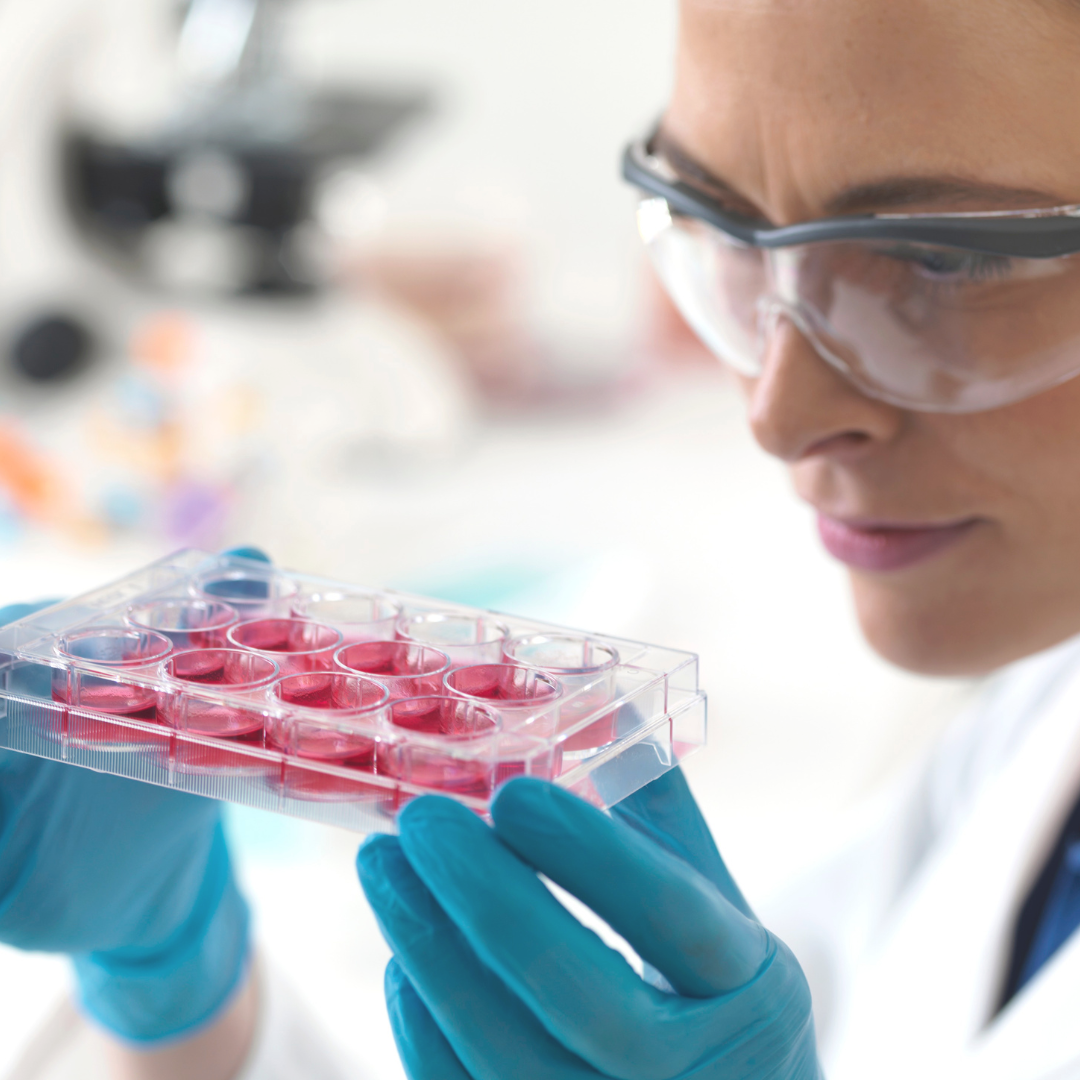
Exploring New Possibilities in Drug Development
- <Potential for Combination Therapy> A retrospective study found that glioblastoma (GBM) patients treated with gabapentin had lower serum levels of thrombospondin-1 (TSP-1), a protein involved in neural circuit development and remodeling. TSP-1 plays a key role in mediating interactions between neurons and tumor cells, thereby promoting brain tumor growth. The study analyzed data from over 1,000 patients at Massachusetts General Hospital and the University of California, San Francisco. Results showed that GBM patients using gabapentin experienced an average survival extension of 4–6 months. While the findings are promising, further randomized clinical trials are needed to validate gabapentin’s potential as a therapeutic option for GBM.
GBM Recovery: Living Care and Precautions
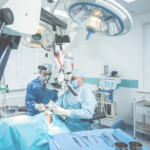
Postoperative care
Postoperative care following brain tumor surgery is crucial to the patient’s prognosis. Key care measures include closely monitoring the surgical wound for abnormal fluid leakage or bleeding, managing the drainage tube, and effectively controlling pain. Additionally, it’s important to prevent symptoms like vomiting or seizures. If the patient is unable to move independently, they should be assisted with regular repositioning to avoid pressure sores. Attention to diet is also critical to prevent aspiration pneumonia. Finally, patients should avoid straining or exerting pressure, as this can elevate intracranial pressure and hinder wound healing.

Adequate Rest
During the GBM recovery period, it is essential to have sufficient rest and sleep to aid in cell repair, enhance the immune system, and reduce fatigue. If in the advanced stages of brain cancer, as the tumor continues to grow, symptoms like headaches, dizziness, memory loss, weakness, and seizures may arise, making adequate rest even more crucial to maintain physical strength.

Balanced Diet
A well-balanced diet can assist in body restoration and improve physical strength. It is advisable to consume fresh vegetables and fruits while reducing the intake of high-fat, high-sugar, and processed foods. It is essential to follow the physician’s advice for a balanced diet.
read more👉Balanced Diet for Cancer Patients

Moderate Exercise
Engaging in light exercises such as walking, yoga, or tai chi during the recovery period can help in physical rehabilitation, alleviate fatigue, and boost immunity.

Adherence to Medication and Prescription Instructions
Proper and timely administration of medication, as instructed by the doctor, is crucial in treating GBM. During medication therapy, regular follow-ups and check-ups are necessary to enable doctors to make timely adjustments to the treatment plan.

Psychological or Spiritual Therapy
Both GBM patients and their family members often experience significant emotional stress and pressure. Psychological or spiritual therapy can help relieve stress, enabling patients and families to face the disease more positively and maintain a better quality of life.

Learning a New Skill: Playing a Musical Instrument
After undergoing chemotherapy, a patient was advised by their doctor to increase memory and cognitive function by learning to play a new musical instrument. Upon trying it, the patient found that playing a musical instrument brought joy and alleviated depression. Most importantly, it helped relieve their stress and allowed them to enjoy wonderful moments with their family (news source).

Safety Precautions
Patients undergoing hospital or home-based GBM recovery must pay special attention to safety measures and precautions. Monitoring the living environment and taking steps to prevent falls and other accidents are essential for patient safety.
Reference
- Globocan 2023, Cancer Today & Tomorrow
- https://braintumor.org/brain-tumors/about-brain-tumors/brain-tumor-facts/
- https://braintumor.org/events/glioblastoma-awareness-day/about-glioblastoma/
- https://gliadel.com/patient/index.php
- https://info.fda.gov.tw/MLMS/ShowFile.aspx?LicId=02024777&Seq=008&Type=9
- https://info.fda.gov.tw/MLMS/ShowFile.aspx?LicId=10000807&Seq=013&Type=9
- https://info.fda.gov.tw/MLMS/ShowFile.aspx?LicId=02023323&Seq=004&Type=9
- https://pubmed.ncbi.nlm.nih.gov/9332462/
- https://www.optunegio.com/
- https://www.accessdata.fda.gov/cdrh_docs/pdf10/p100034s013c.pdf
- https://cn.zailaboratory.com/products/#optune
- https://www.bmj.com/content/315/7123/1685
- https://www.cancer.gov/about-cancer/causes-prevention/risk/radiation/cell-phones-fact-sheet
Brain Cancer Support Website
- Glioblastoma Foundation
- National Brain Tumor Society
- American Brain Tumor Association
- Pediatric Brain Tumor Foundation of the United States
- Childhood Brain Tumor Association Of Taiwan
- Den-Mei Brain Tumor Eduacation Foundation (Taiwan)
- Taiwan Neuroblastoma Patient Care Association
- Taiwan Pediatric Brain Tumor Consortium

